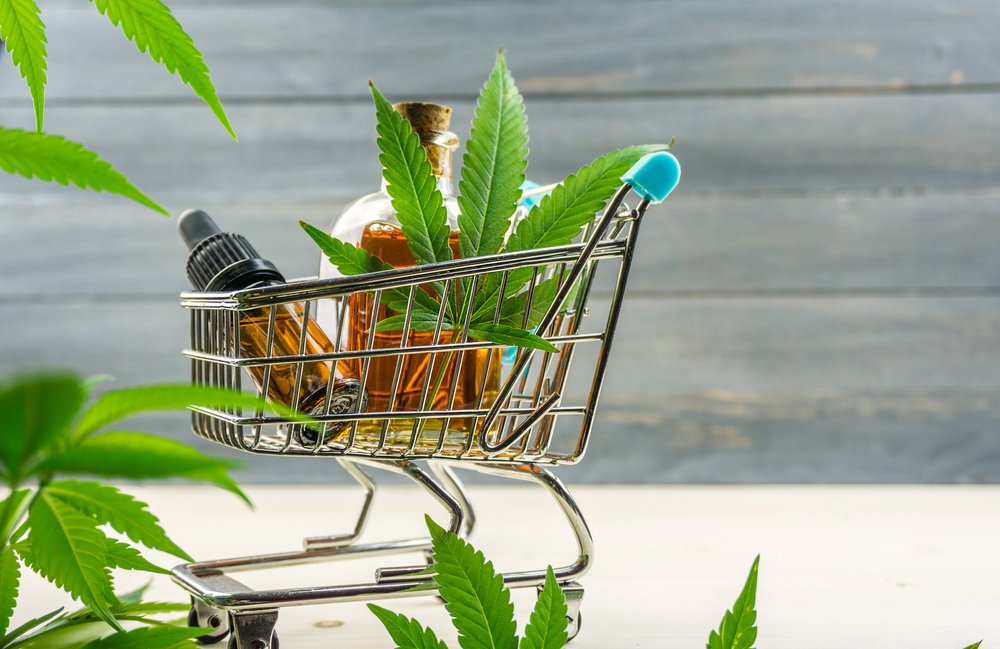The explosion of the cannabis market across the U.S. has been nothing short of phenomenal. Between the 2018 Farm Bill and some thirty-seven states legalizing cannabis in one form or another, cannabis is now big business. But it is an agricultural product. As such, it takes a long trip getting from field to retail shelf. Part of that trip is handled by a company that acts as a processor.
The processor is the second entity in line, following the grower. Processors purchase plant material, also known in the industry as biomass, and then work with it to prepare it for retail sale. They have many different options depending on the types of products they want to produce.
They must first consider whether they want too:
- process and sell raw flower, or
- extract crude oil from the biomass for other uses.
Processing plant material with a goal of selling raw flower is pretty straightforward. The biggest concern is testing the material to make sure it meets standards for purity, health and safety, etc. The real magic happens when crude oil is extracted and distilled.
- Extracting Crude Oil
Cannabis plant material is rich with cannabinoids, terpenes, flavonoids, fats, etc. They can all be extracted from the plant material using any number of methods including steam distillation, solvent extraction, and carbon dioxide (CO2) extraction. The goal is to end up with a crude oil that is as pure and highly concentrated as you can get it. From there, processors have a couple of choices:
- Sell the Crude – The crude oil can be sold as full spectrum oil once it has been filtered. It can be sold on the retail market or sold to manufacturers looking to use it in their own products.
- Distill the Crude – A second option is to distill the crude. Distillation gives processors even more options for their finished products.
If you have ever heard of CBD distillate, you already know one of the options. The oil can be distilled to remove most of its constituents except the desired CBD. The resulting product will be upwards of 80% CBD and 20% other cannabinoids, terpenes, etc.
Houston-based CedarStoneIndustry says that solvent and CO2 extraction are the most commonly utilized methods for mass production. They say smaller operations may choose steam distillation because it is cheaper and easier. However, it does not produce the volume or consistency that larger operations require.
- After Crude Is Distilled
Distillation gives processors the opportunity to isolate and concentrate almost all the compounds in crude oil. By distilling crude, processors can isolate single cannabinoids. They can also combine multiple cannabinoids and terpenes. In essence, distillation takes crude oil and reduces it to its individual ingredients. Those ingredients can then be mixed and matched as needed.
From there, processors can sell the ingredients to manufacturers or make their own branded products. For example, THC can be mixed with other cannabinoids and terpenes to make a vape juice sold as a medical cannabis product. That same formula could be used as an ingredient in a medical cannabis gummy or tincture.
The final step in the process is testing. Before processors can actually sell their products to manufacturers or retailers, the products have to be tested for purity and safety. When it comes to THC products, there may be extra tests required by state law.
The processor plays an integral role in getting cannabis from field to retail shelf. Whether or not their role is most important is up for debate. But we do know that without processors, retail cannabis would not be possible.






More Stories
Effective Ways to Manage Spinal Curvature in Adolescents
Enhance Your Culinary Experience: Pairing Cannabis Strains with Local Flavors
How to Choose the Right Cheek Filler and Factors to Consider?